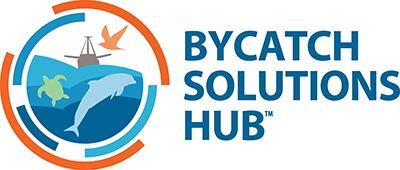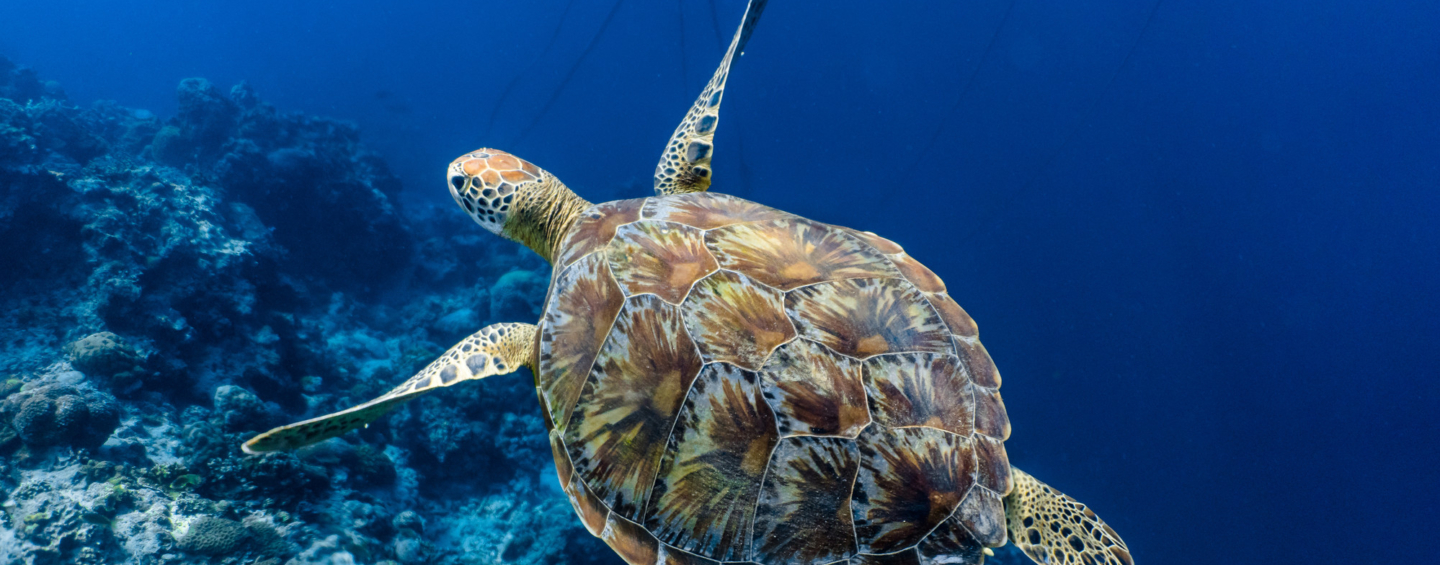Key Takeaways
- The Hawaii longline fishery caught hundreds of sea turtles per year in the 1990s, with a large majority in the shallow-set (<100m) fishery.
- Adoption of best practices by the fishery, which consisted of the use of circle hooks, squid as bait, and handling and release training drastically reduced bycatch rates but not target catch rates.
- After the adoption of best practices, sea turtle bycatch decreased by 85-95% for both loggerhead and leatherback turtles, the two species at greatest risk.
During the 1990s the Hawaiian longline fishery caught hundreds of sea turtles per year, with annual catch estimates based on observer data of between 556 to 774 turtles from 1994 to 20001. Catch rates of sea turtles were especially high for the shallow-set (<100m depth) fishery that targets swordfish and tuna. However, these trends were sharply reversed based on a combination of increased observer coverage, handling and release best practice training for captain and crew, and required implementation of bycatch mitigation gear2.
Fishery managers and commercial fishermen reviewed the best available data, identified the segments of the fishery resulting in the largest proportion of sea turtle bycatch (shallow-set longlines), and developed targeted conservation measures that have very effectively reduced bycatch rates while maintaining viable target catch rates. Today the Hawaiian shallow-set longline fishery is required to use large circle hooks with finfish as bait while maintaining 100% observer coverage. The deep-set fishery, which targets tuna and had lower sea turtle bycatch rates, operates under a minimum 20% observer coverage. These changes have resulted in a precipitous decline in the number of “interactions” with sea turtles from hundreds per year to tens per year.
From 2017 to 2021, annual sea turtle bycatch ranged from 39 to 70 individuals between the shallow-set and deep-set longline fisheries combined according to NOAA. While interactions are still occurring, they are an order of magnitude reduction from the 556-774 per year estimates before mitigation methods were implemented.

